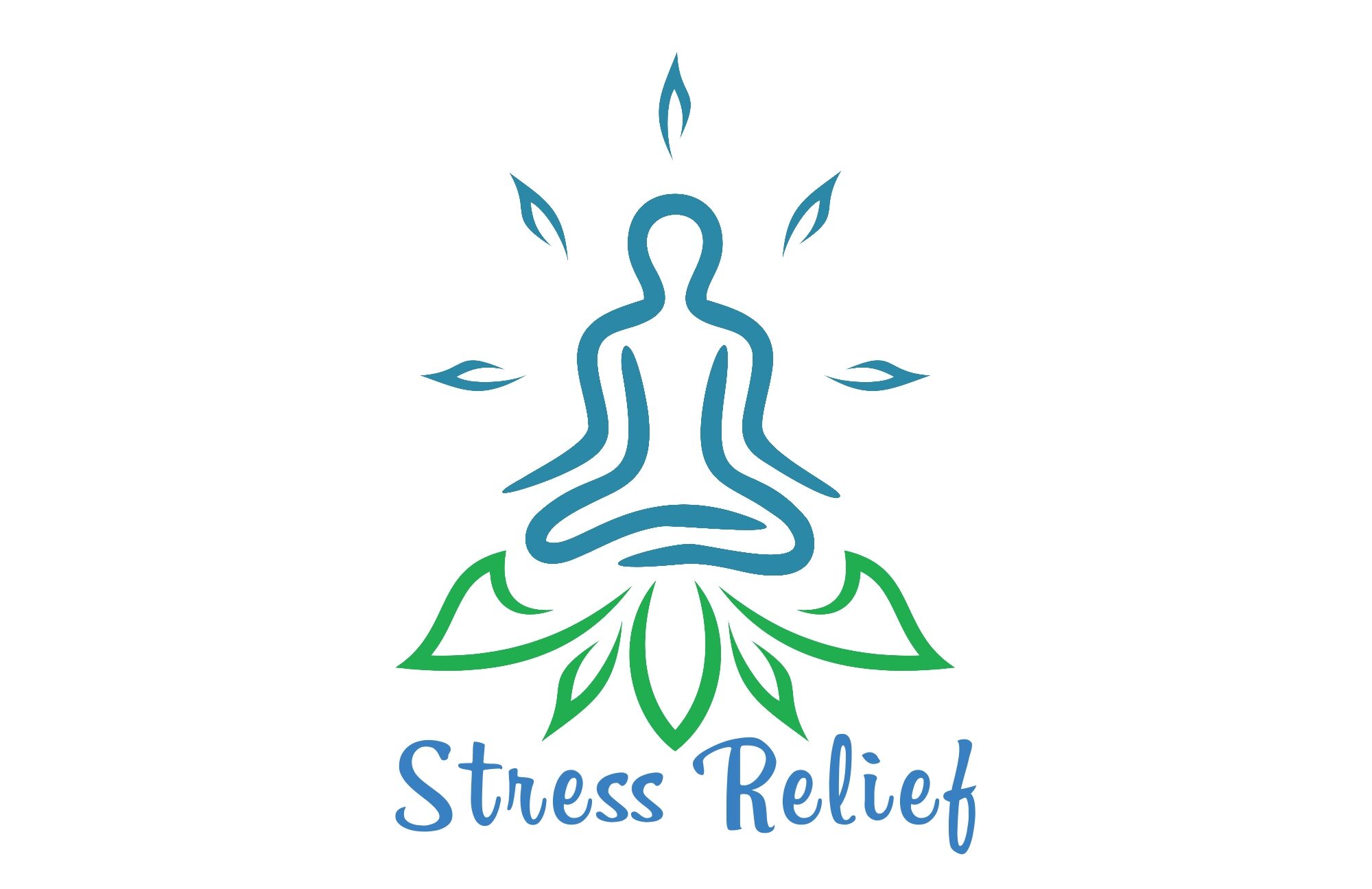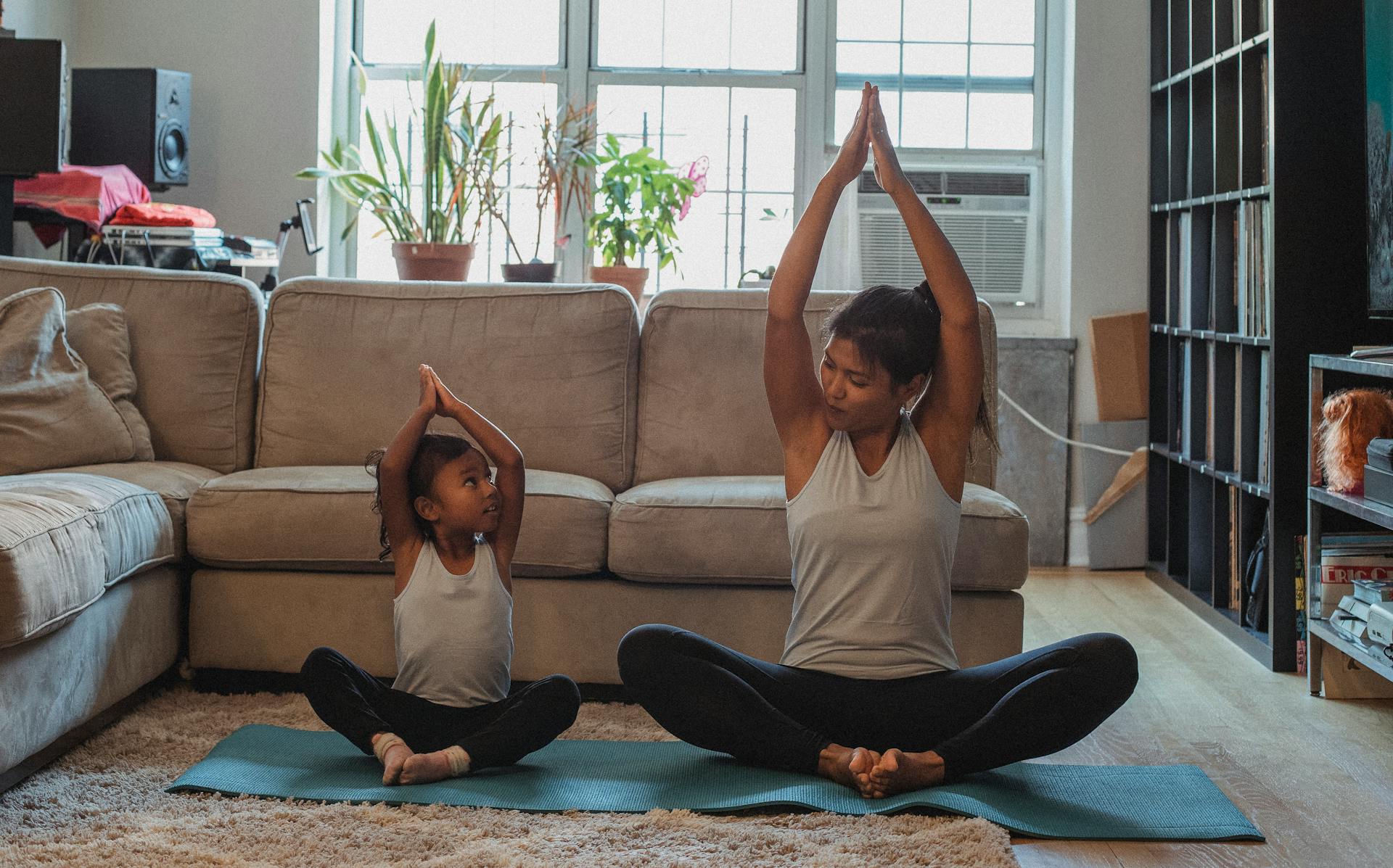I. Introduction
Stress has become an inevitable part of our daily lives, affecting our physical and mental well-being. From demanding work schedules to personal responsibilities, stress can quickly take a toll on our overall health. However, there are effective ways to combat stress and find relief. One such approach is through exercise. In this article, we will the benefits of exercise for stress relief and provide a comprehensive guide to 5-day stress relief exercise challenges. By incorporating different types of exercises into your routine, you can take proactive steps to reduce stress and improve your overall well-being.
Understanding Stress and Its Impact on Daily Life
Before delving into the exercise challenges, it is essential to understand the concept of stress and its common causes. Stress can be defined as the body’s response to external pressures or demands, often resulting in feelings of tension and unease. Common stressors include work-related pressures, financial concerns, relationship issues, and major life events. When stress becomes chronic and overwhelming, it can have severe negative effects on both physical and mental health.

Chronic stress can lead to a variety of health problems, such as high blood pressure, weakened immune system, sleep disturbances, and increased risk of mental illnesses like anxiety and depression. Therefore, finding effective ways to manage and reduce stress is crucial for maintaining a balanced and healthy lifestyle.
Benefits of Exercise for Stress Relief
Exercise has long been recognized as a powerful tool for improving physical health, but its benefits extend far beyond the realm of fitness. Numerous studies have highlighted the positive impact of exercise on mental health, particularly in reducing stress levels.
Engaging in regular exercise releases endorphins, commonly known as “feel-good” hormones, which help elevate mood and promote a sense of well-being. Exercise also acts as a natural stress reliever by reducing the levels of stress hormones, such as cortisol, in our bodies. Furthermore, physical activity promotes better sleep, increases self-esteem, and enhances cognitive function, all of which contribute to overall stress reduction.
Scientific evidence has shown that exercise can improve symptoms of various mental health conditions, including anxiety and depression. This reinforces the connection between physical activity and its positive influence on mental well-being. By incorporating exercise into your routine, you can effectively combat stress and improve your overall quality of life.
II. Preparing for the 5-Day Stress Relief Exercise Challenges
To ensure a safe and fruitful experience with the 5-day stress relief exercise challenges, it is crucial to prepare adequately. The following steps will guide you in getting ready for the challenges:
Assessing Your Current Fitness Level
Before beginning any exercise program, it is essential to assess your current fitness level. This evaluation helps determine your physical limitations and any health considerations you need to be aware of. If you have any pre-existing medical conditions or concerns, consulting with a healthcare professional is recommended to ensure that the chosen exercises are suitable for your individual needs.
Setting Realistic Goals and Expectations

Setting achievable objectives is essential for a positive exercise experience and effective stress relief. It is important to define realistic goals that align with your current fitness level and lifestyle. Remember that finding balance is key, so avoid setting unrealistic expectations that may lead to frustration or burnout. By taking a balanced approach to exercise, you can gradually build a sustainable routine for stress relief.
Choosing Suitable Exercise Types
With a plethora of exercise options available, it’s crucial to choose activities that resonate with your preferences and fit into your schedule. Cardiovascular exercises, strength training, yoga, and Pilates are just a few examples of exercise types that can effectively reduce stress. Consider your personal interests and time commitments while selecting the exercises that align with your goals. Finding activities that you enjoy will not only make the challenges more enjoyable but also increase the likelihood of long-term commitment.
III. Day-by-Day Stress Relief Exercise Challenges
Now that you are prepared, let’s dive into the day-by-day stress relief exercise challenges. Each day focuses on a specific type of exercise, providing a structured approach to stress reduction.
Day 1: Cardiovascular Exercise
Warm-up and Stretching: To prepare your body for the 30-minute cardio workout, it is crucial to begin with a warm-up session. Incorporate gentle movements and stretches that target major muscle groups. This will help increase flexibility and reduce the risk of injury.
30-Minute Cardio Workout: Engage in activities such as jogging, cycling, or swimming for a continuous 30-minute session. These exercises elevate heart rate, improve circulation, and release endorphins, leading to a reduction in stress levels.

Cool Down Routine: After the cardio workout, it is essential to engage in a cool-down routine to gradually bring your heart rate back to normal and reduce muscle tension. Incorporate gentle stretching and deep breathing exercises to promote relaxation and aid in stress relief.
Day 2: Strengthening the Body
Dynamic Warm-up: Similar to Day 1, start with a dynamic warm-up session to loosen up your muscles and enhance flexibility. Focus on movements that target major muscle groups and improve range of motion.
Strength Training Exercises: Incorporate bodyweight exercises or weights to strengthen your muscles. Squats, lunges, push-ups, and planks are examples of exercises that can be included in this session. By building strength, you enhance your physical and mental resilience to stress.
Post-Workout Recovery: After completing the strength training exercises, allow your body to recover. Incorporate rest periods and proper nutrition to support muscle repair and growth. Adequate recovery is essential for preventing injury and optimizing the benefits of exercise for stress relief.
Day 3: Finding Inner Balance with Yoga
Introduction to Yoga: Begin the day by learning about the benefits and principles of yoga. Yoga combines physical postures, breathing techniques, and meditation to promote relaxation, flexibility, and mental clarity. This ancient practice has been proven effective in reducing stress and improving overall well-being.
Basic Yoga Poses: Engage in gentle yoga poses that focus on relaxation and stress relief. Examples include Child’s Pose, Cat-Cow, and Legs-Up-The-Wall. Pay attention to your breath and practice mindfulness as you move through each pose.

Quiet Meditation: Conclude the session with a quiet meditation practice. Find a comfortable seated position, close your eyes, and focus on your breath. Allow your mind to become calm and still, letting go of any stress or tension. By cultivating mindfulness, you can enhance stress reduction and find inner balance.
Day 4: Mindfulness in Motion through Pilates
Pilates Fundamentals: Begin the session by understanding the core principles of Pilates, which include precision, control, centering, concentration, breath, and flow. These principles form the foundation of Pilates and contribute to its stress-relieving properties.
Pilates Mat Routine: Engage in a series of Pilates exercises that focus on stability, body awareness, and alignment. Incorporate movements that target the core, improve posture, and enhance overall strength and flexibility.
Breathing Techniques: Integrate mindful breathing techniques into your Pilates practice. Focus on deep inhales and complete exhales, syncing your breath with the movements. Mindful breathing helps calm the mind, reduce stress, and promote a sense of tranquility.
Day 5: Exploring the Outdoors with Nature Walks
Benefits of Nature Walks: Spend the day reconnecting with nature and enjoying the benefits of outdoor exercise. Research shows that spending time in nature reduces stress levels, improves mood, and enhances overall well-being. Immersing yourself in the beauty of the natural world is an excellent opportunity to find tranquility and peace.
Guided Nature Walk: Take a guided nature walk that encourages mindfulness and awareness of your surroundings. Engage your senses by observing the colors, textures, and sounds of nature. Take the time to appreciate the beauty that surrounds you and allow it to calm your mind and reduce stress.

Reflecting on the Experience: After the nature walk, take a moment to reflect on your experience. Consider journaling your thoughts and emotions, capturing the positive impacts that spending time in nature had on your stress levels. By acknowledging and appreciating these experiences, you can reinforce the benefits of outdoor exercise for stress relief.
IV. Maintaining Long-Term Stress Relief
While the 5-day stress relief exercise challenges offer an excellent starting point, it is essential to maintain long-term stress relief through consistent and intentional habits. Here are some strategies to consider:
Building Exercise into Daily Routines
Integrating exercise into your daily routines is essential for sustaining the benefits of stress relief. Look for opportunities to engage in physical activity throughout the day, such as taking the stairs instead of the elevator or going for a short walk during lunch breaks. Small habits can add up to significant improvements in stress management.
Combining Exercise with Other Stress-Relieving Activities
While exercise is a powerful tool for stress relief, combining it with other stress-relieving activities can amplify the overall effect. Incorporate mindfulness techniques, relaxation exercises, or hobbies that bring you joy into your daily life. Engaging in activities that you enjoy and that promote relaxation will contribute to a holistic approach to stress relief.
Seeking Social Support for Encouragement and Accountability
Social support plays a vital role in sustaining motivation and accountability. Consider joining exercise groups or leveraging technology to connect with like-minded individuals who are also focused on stress relief through exercise. Sharing experiences, encouraging one another, and celebrating milestones can be excellent sources of inspiration and motivation.
V. Summary and FAQs
In summary, the 5-day stress relief exercise challenges provide a comprehensive and effective approach to combatting stress and improving overall well-being. By incorporating cardiovascular exercise, strength training, yoga, Pilates, and nature walks into your routine, you can experience the positive benefits of exercise on stress relief.
FAQs(Frequently Asked Questions)
- Is it necessary to do the challenges consecutively?
No, the challenges do not need to be completed consecutively. You can adapt the challenges to fit your schedule and preferences.
- Can I modify the exercises to suit my fitness level?
Absolutely! It is important to tailor the exercises to your individual fitness level and physical limitations. Start slowly and gradually increase the intensity as you become more comfortable.
- How long should each exercise session last?
The duration of each exercise session depends on your fitness level and schedule. Aim for at least 30 minutes of exercise per day, but feel free to adjust based on your needs and availability.
- Which exercises are suitable for individuals with physical limitations?
Consulting with a healthcare professional is highly recommended if you have physical limitations or pre-existing medical conditions. They can provide guidance on exercises that are safe and suitable for your individual needs.
- Can I continue the challenges beyond 5 days?
Absolutely! The 5-day stress relief exercise challenges can serve as a foundation for an ongoing exercise routine. Feel free to incorporate these exercises into your long-term wellness plan.
- What if I don’t see immediate results in stress reduction?
Patience is key when it comes to stress reduction. While some people may experience immediate benefits, others may take longer to notice significant changes. Consistency is crucial, so continue incorporating exercise into your routine and give yourself time to reap the rewards.
- How can I stay motivated throughout the 5-day challenges?
Setting realistic goals, finding activities you enjoy, and seeking social support can help you stay motivated throughout the challenges. Celebrate small victories, track your progress, and remind yourself of the benefits you will gain from reducing stress.
- Should I consult a healthcare professional before starting the challenges?
If you have any underlying health conditions or concerns, it is advisable to consult with a healthcare professional before starting any exercise program. They can provide personalized advice and ensure that the challenges are suitable for your individual needs.
Remember, finding stress relief is not about unleashing a superpower, but rather about finding tranquility through simple and practical exercises. By prioritizing self-care and incorporating exercise into your routine, you can effectively manage stress, improve your well-being, and lead a more balanced and fulfilling life.




